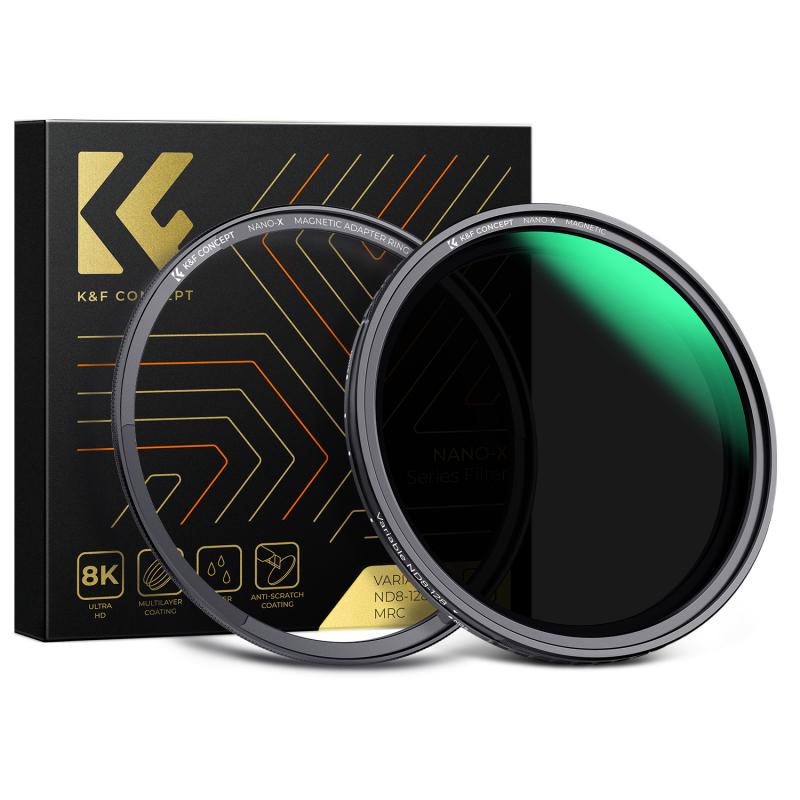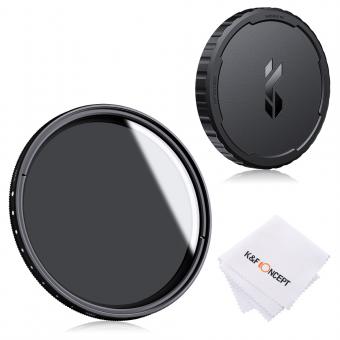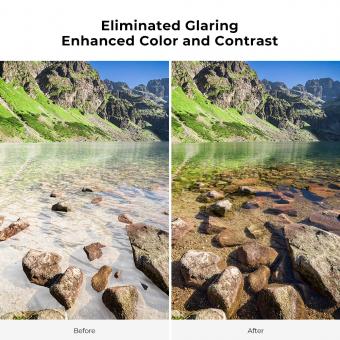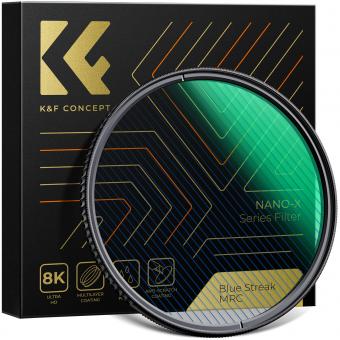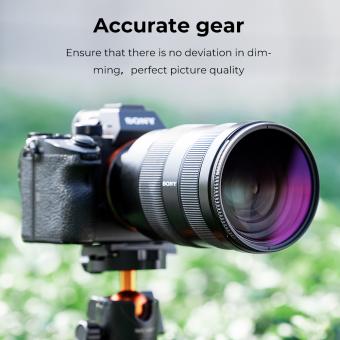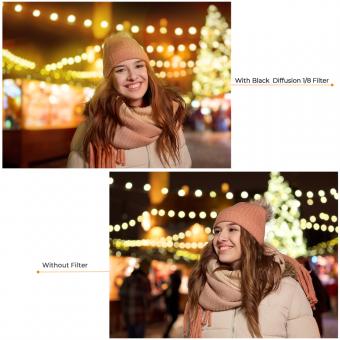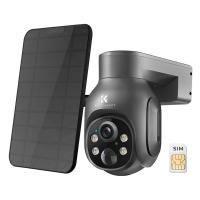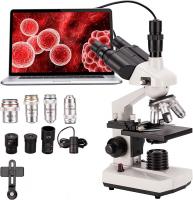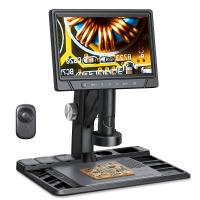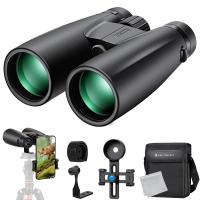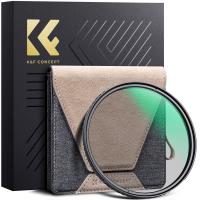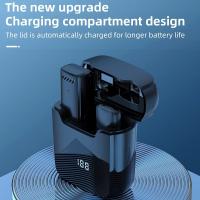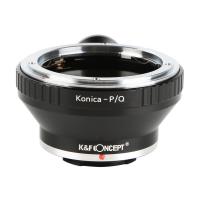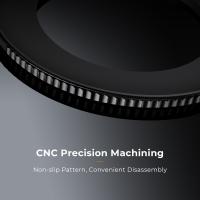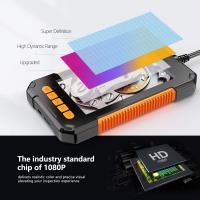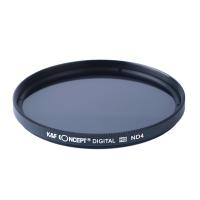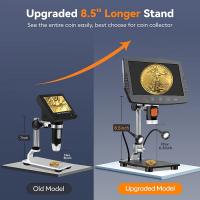Which Hoya Nd Filter To Buy ?
The choice of which Hoya ND filter to buy depends on your specific needs and preferences. Hoya offers a range of ND filters with different levels of light reduction, such as ND2, ND4, ND8, ND16, etc. The filter you choose will depend on the amount of light reduction you require for your photography or videography purposes. It is recommended to consider factors such as the shooting conditions, desired exposure settings, and the effect you want to achieve when selecting the appropriate Hoya ND filter for your needs.
1、 Hoya ND filter types and their uses
Hoya is a well-known brand in the photography industry, offering a wide range of high-quality filters. When it comes to ND (Neutral Density) filters, Hoya has several options to choose from, each with its own unique features and uses.
One popular option is the Hoya ProND filter series, which includes various ND filter strengths such as ND4, ND8, ND16, and ND32. These filters are designed to reduce the amount of light entering the camera, allowing you to use slower shutter speeds or wider apertures in bright conditions. They are ideal for landscape photography, long exposures, and creating motion blur effects.
Another option is the Hoya Variable ND filter, which provides a range of ND strengths in a single filter. This allows you to adjust the amount of light reduction by rotating the filter, making it versatile for different shooting conditions. The Hoya Variable ND filter is particularly useful for videography and situations where you need quick adjustments without changing filters.
For photographers looking for the highest level of light reduction, the Hoya ProND1000 filter is a great choice. This filter offers a 10-stop light reduction, allowing for extremely long exposures even in bright daylight. It is perfect for capturing smooth waterfalls, streaking clouds, or removing moving objects from a scene.
It's important to consider the thread size of your lens when choosing a Hoya ND filter. Make sure to select a filter that matches the diameter of your lens or invest in a step-up or step-down ring to adapt the filter to your lens.
Ultimately, the best Hoya ND filter for you depends on your specific needs and shooting style. Consider the type of photography you do most often and the level of light reduction you require. It's always a good idea to read reviews and seek advice from other photographers to get the latest point of view on the performance and quality of Hoya ND filters.
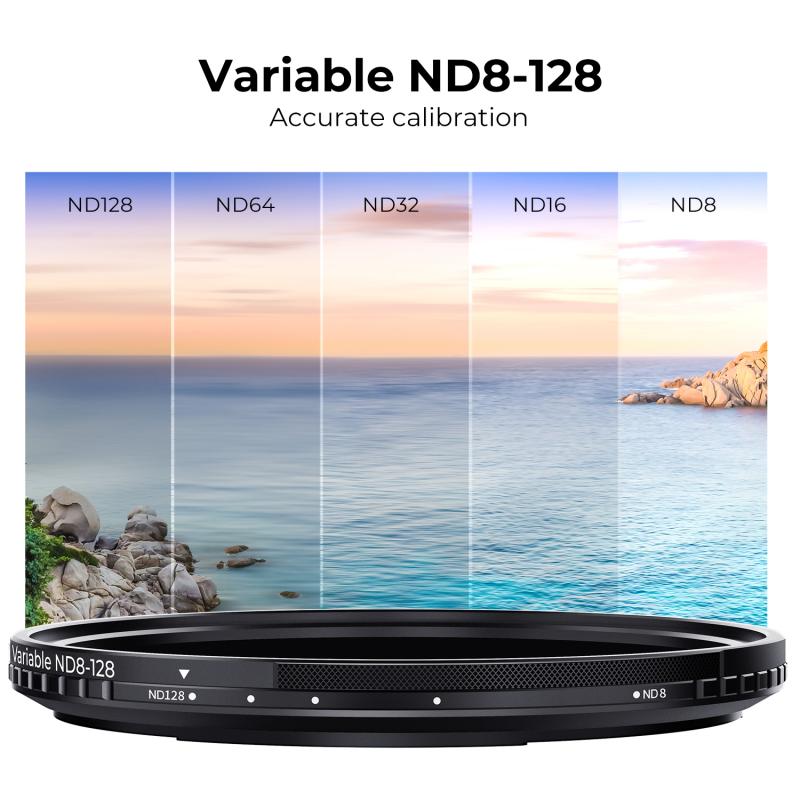
2、 Hoya ND filter size guide for different lenses
When it comes to choosing the right Hoya ND filter for your camera lens, there are a few factors to consider. The first thing you need to determine is the size of your lens filter thread. This information can usually be found on the front of your lens or in the lens specifications. Hoya offers a wide range of filter sizes, so it's important to get the right fit for your specific lens.
Once you know the size of your lens filter thread, you can then decide on the specific ND filter strength you need. Hoya offers a variety of ND filters with different levels of light reduction, ranging from 1-stop to 10-stop filters. The choice of ND filter strength depends on the type of photography you do and the effect you want to achieve. For example, if you're shooting landscapes and want to create long exposure effects, a higher ND filter strength like a 6 or 10-stop filter would be ideal. On the other hand, if you just want to slightly reduce the amount of light entering your lens, a 1 or 2-stop filter would suffice.
It's also worth noting that Hoya has recently introduced the ProND series, which features a new ACCU-ND technology that ensures accurate and consistent light reduction across the entire filter surface. This can be particularly beneficial when shooting with wide-angle lenses, as it helps to avoid any color shifts or vignetting.
In conclusion, when choosing a Hoya ND filter, make sure to determine the correct filter size for your lens and consider the desired level of light reduction based on your photographic needs. Additionally, keep an eye out for the latest advancements in Hoya's filter technology, such as the ProND series, which can enhance your overall shooting experience.
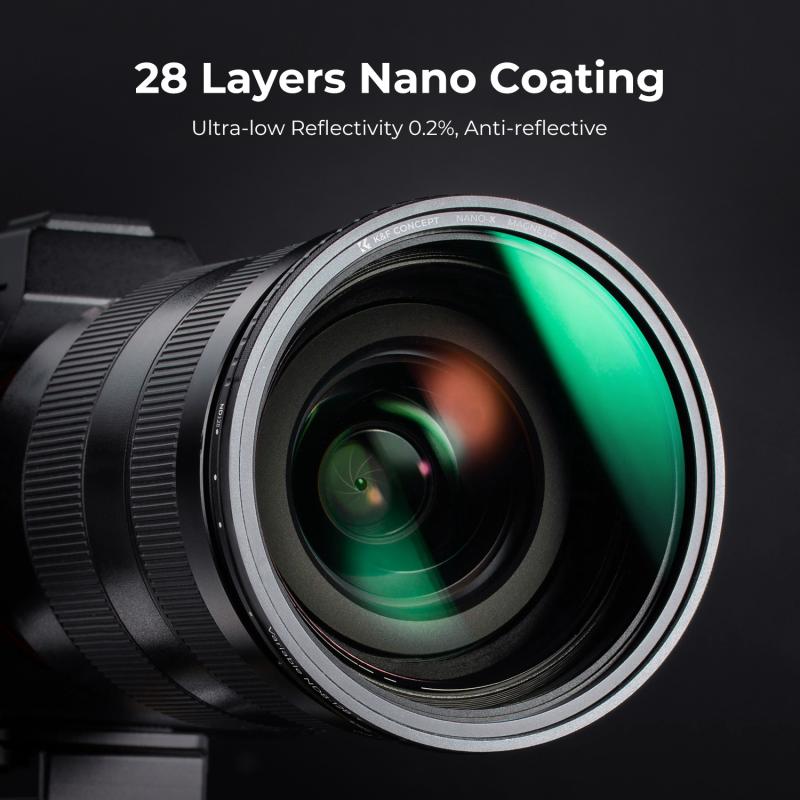
3、 Hoya ND filter strengths and their effects on exposure
Hoya is a well-known brand when it comes to filters, and they offer a wide range of ND filters with different strengths. The choice of which Hoya ND filter to buy depends on your specific needs and shooting conditions.
ND filters are used to reduce the amount of light entering the camera, allowing you to use slower shutter speeds or wider apertures in bright conditions. Hoya offers ND filters with various strengths, typically measured in stops. The most common strengths include ND2, ND4, ND8, ND16, and ND32, with each filter reducing the light by 1, 2, 3, 4, and 5 stops respectively.
The choice of strength depends on the amount of light you need to block and the effect you want to achieve. For example, if you want to create motion blur in a waterfall or capture smooth, flowing clouds, a higher strength like ND16 or ND32 would be suitable. On the other hand, if you just want to slightly reduce the light in a bright scene, a lower strength like ND4 or ND8 might be sufficient.
It's important to note that using higher strength ND filters can result in longer exposure times, which may lead to issues like motion blur in subjects or camera shake. To counteract this, it's recommended to use a tripod and remote shutter release when using stronger ND filters.
The latest point of view is that Hoya's ND filters are known for their high-quality glass and excellent color neutrality, which means they won't introduce any unwanted color casts to your images. Additionally, Hoya's filters are often multi-coated to reduce reflections and flare.
In conclusion, the choice of which Hoya ND filter to buy depends on your specific needs and shooting conditions. Consider the amount of light you need to block and the effect you want to achieve when selecting the strength. It's also important to use a tripod and remote shutter release when using stronger ND filters to avoid motion blur and camera shake.
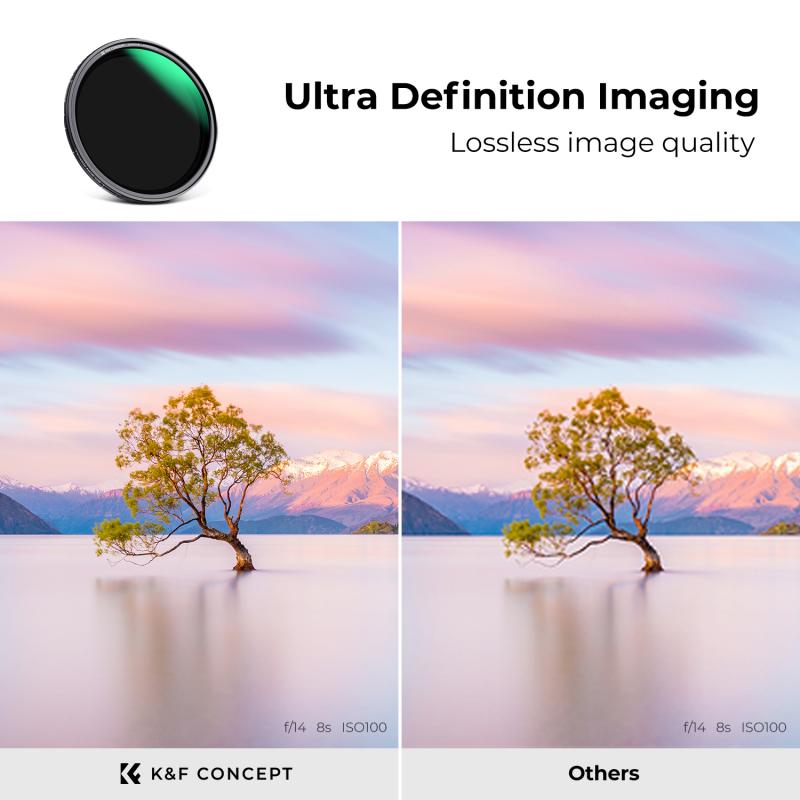
4、 Hoya ND filter coating options and their benefits
Hoya offers a range of ND filters with different coating options, each providing unique benefits to photographers. The coating options available are:
1. HMC (Hoya Multi-Coated): This is the standard coating option provided by Hoya. It helps reduce reflections and flare, resulting in improved image quality. The HMC coating also repels water, oil, and dust, making it easier to clean the filter.
2. HD (High Definition): The HD coating is an upgraded version of the HMC coating. It provides even better light transmission, resulting in sharper images with enhanced contrast and color accuracy. The HD coating also has a higher scratch resistance, ensuring the longevity of the filter.
3. ACCU-ND (Accurate Neutral Density): The ACCU-ND coating is specifically designed for ND filters. It ensures accurate and consistent light reduction across the entire filter, without any color shift. This coating is ideal for photographers who require precise control over exposure settings.
When choosing a Hoya ND filter, it is important to consider your specific needs and budget. The HMC coating is a good option for general use and offers good value for money. If you are looking for improved image quality and durability, the HD coating is worth considering. For photographers who require precise exposure control, the ACCU-ND coating is the best choice.
It is also worth noting that Hoya regularly updates their coating technologies to keep up with the latest advancements in the industry. Therefore, it is recommended to check for the latest information and reviews to ensure you are making an informed decision based on the most up-to-date point of view.
